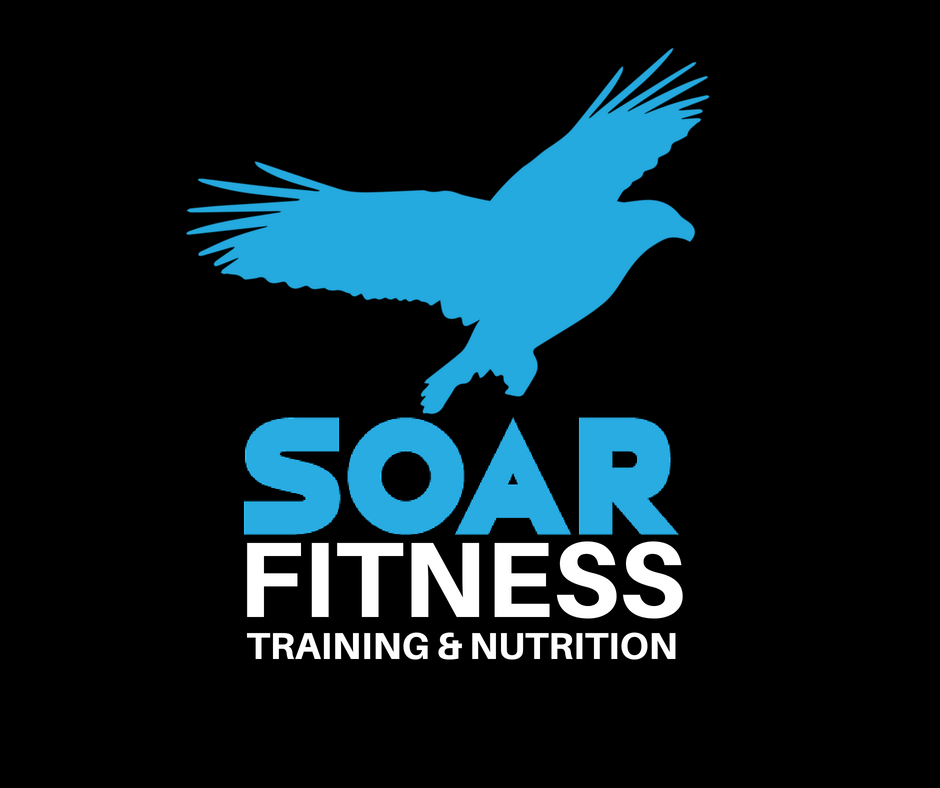Most of us are hit with food cravings when we begin changing our eating habits, to get healthier, and they can really do a number on our efforts. Completely derailing us and making us feel like failures.
But I want you to know, all is not lost. You can deal with your food cravings.
Now, most advice jumps immediately into telling you to ignore the cravings. Eat something else. Go for a walk.
Whoa, whoa, whoa.
The first thing we want to do, is identify what kind of food craving or hunger you’re experiencing.
I like to group hunger into 3 categories: physical hunger, mood intolerance, and hedonic hunger.
Physical Hunger:
The hunger signal comes from our stomachs. We feel that empty feeling and if you eat at regular times, you’ll notice you’ll get a stomach hunger signal around the time you usually eat.
When you’re physically hungry, you’re generally satisfied with whatever you. You’ll be physically full and depending on your food choices hopefully feel full until your next meal.
Mood Intolerance:
This urge to eat comes from your brain. Commonly referred to as emotional eating, although I prefer to use the term mood intolerance because it directly refers to the reason, why we choose to eat. When we experience feelings, thoughts or emotions we find uncomfortable or we cannot tolerate, food is an easy way to change how we feel. Therefore, we want to eat because we are intolerant of a mood we are experiencing.
Choosing to eat high calorie foods, such as chocolate, cake is pleasurable for our brain. Our brains release dopamine, which gives us that feel good factor. It’s a completely normal response to want to feel better, when we feel uncomfortable. And food, is an accessible method to feel good.
Our drive to use food to change our mood, is a food craving. As you only desire a particular food and choosing to eat a different food, will not satisfy your brain.
Hedonic Hunger:
This is when we just want to eat because our taste buds are on fire. The food is tasty and delicious, so we want to eat even more. Again, the feel good dopamine gets released and we continue eating for the enjoyment.
So what can we do?
Physical Hunger:
When we’ve been carrying extra weight for a considerable amount of time, our physical hunger signals can become distorted. We’re used eating a certain volume of food and particular foods, so there will be an adjustment.
When you’re changing your eating behaviour. You will feel hungry. To deal with the hunger – Eat at scheduled times, that suit you. And ensure you have protein and fibre in your meal to keep you satiated for longer.
Mood Intolerance:
Firstly, understand that what you’re experiencing is common and that you can change it. However, if you find your mood intolerance feels overwhelming and you are binging please seek professional help. (Please, get in touch if you want help finding the right person).
Your ultimate goal is to deal with the mood that’s making you feel uncomfortable. Dealing with the problem that’s causing you grief. Going to the cause, and not the symptom. But that’s way too broad for us to cover right now.
So I want to give a quick strategy, which is to first set yourself a limit on the food you crave. If you crave chocolate and usually have a whole block. Next time, aim for ½ a block.
I know this may sound outrageous and completely against what you usually hear.
Here’s the thing.
Changing your eating habits, on top of everything else in your life – is stressful.
So I don’t expect you to go cold turkey. You have to find the way to change, in a way that suits you. You might be a ‘slowly but surely’ person, or you might be someone who does well with drastic change. So choose how you change.
I want you to get a goal to minimize and decrease the effect on you, in a way that you can do it.
And remember – It’s common, to have food cravings. So please don’t feel like a failure, if you have them.
Hedonic Hunger:
Ahh perhaps the most frustrating hunger for some! This is the hunger we feel when food is just too damn delicious! It’s the pastries you can’t pass by. It’s the pasta dish, you must have seconds. And it’s the crackers and cheese you keep nibbling away at, because it’s so creamy!
What can we do?
One strategy is to begin decreasing the tastiness of your food. I know. I know. That sounds like a terrible way to live.
But hear me out. When you prepare something so delicious, you are going to want to eat more. So it’s about changing the dish…a little.
Add more veges to the dish for fibre to fill you up. Choose spice instead of sweet. De-train your taste buds by moving away from more tasty, to less tasty.
As you can see, we have distinct types of hunger and ways to deal with them. By being able to distinguish between them, helps you choose to a better strategy.
So often I see physical hunger strategy of eat something else that’s lower in calories, applied to a food craving situation. And it’s just disaster. Because the person is likely to end up eating far more than they intended too.
Instead of just having some chocolate, they ate a sandwich. It didn’t help. So they ate a banana. Then a couple of cookies. Still they craved chocolate…so finally they had some chocolate. As you can see, they ended up eating far more food, than if they just ate some chocolate in the first place.
To help you figure out what type of hunger, you’re experiencing download the ‘Hunger Self Check’ below. It’s a simple cheat sheet, you can use as quick self-assessment to enable you to choose the right strategy to deal with your hunger.
If you have any questions, or want some extra guidance. Talk to me. I’m here.
Marty


